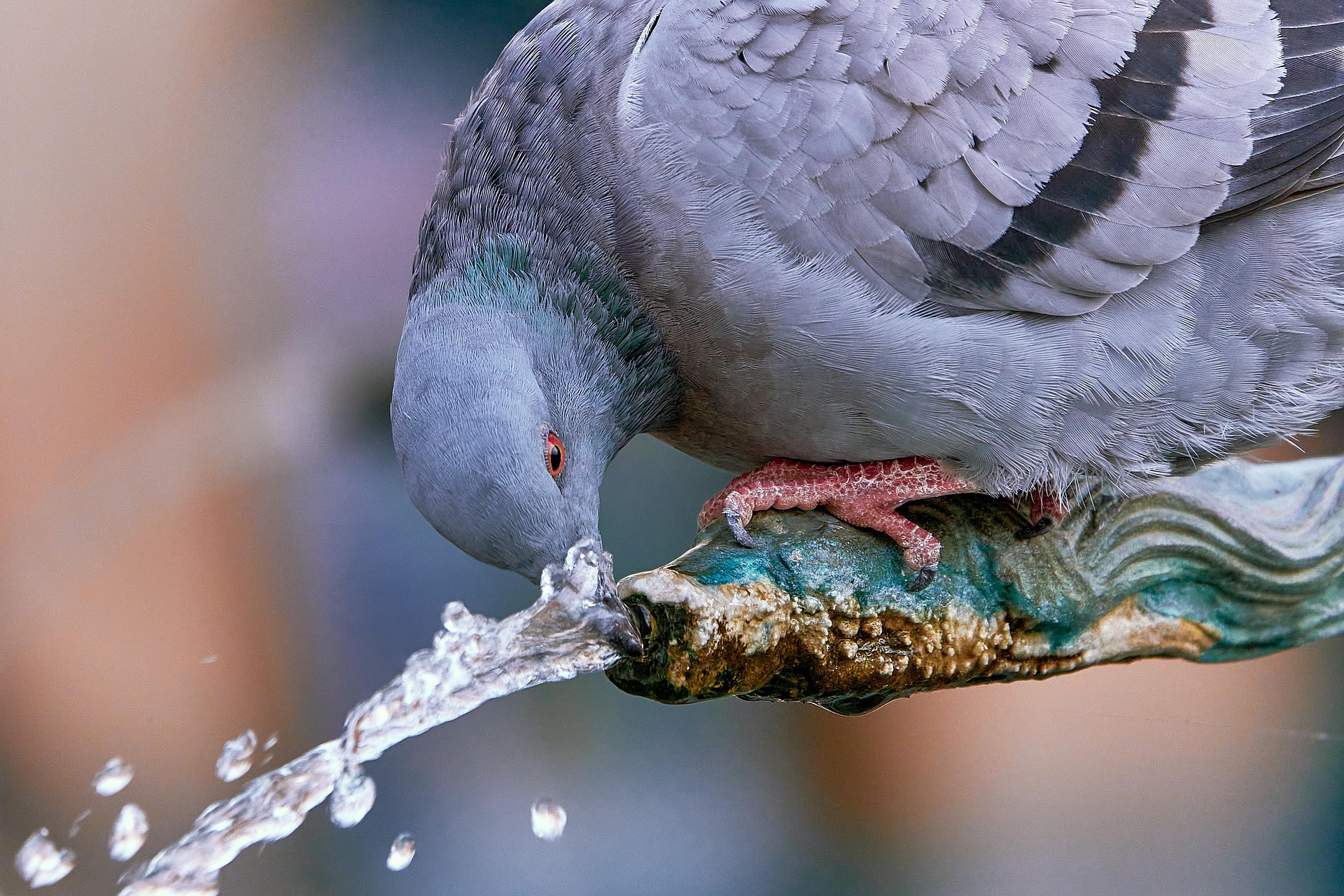
Schilthuizen’s Darwin Comes to Town, and You Too Should Join Him
By Caterina Gandolfi
Sign up for our monthly newsletter!
IIt doesn’t take long living in a major city to realize just how quickly the urban landscape transforms. In my four years as a New York City resident, I’ve watched at least five trendy “healthy bowl” establishments open and shutter, witnessed the MTA roll out sleek new trains on the A, C, and E lines, and seen an endless rotation of coffee shops appear and disappear. I’ve observed the complete dismantling of East River Park, soon to be rebuilt on elevated land, a dramatic reengineering effort in anticipation of rising seas driven by climate change. These are just a few of the many changes I’ve noticed within my small corner of Manhattan.
In the city that never sleeps, development is relentless; on the ground, beneath our feet, overhead, and along the shorelines. It’s no wonder that many assume such rapid transformation leaves little space for nature. Beyond the usual cast of urban survivors; pigeons, rats, cockroaches, squirrels, and raccoons, cities are often dismissed as biodiversity wastelands, sterile concrete jungles that have paved over once-thriving ecosystems. After all, we’re taught in high school biology that evolution is a slow, glacial process that unfolds over millennia. In a place where even the coffee menu changes weekly, it seems implausible that any other species could adapt fast enough to keep pace.
Menno Schilthuizen’s Darwin Comes to Town challenges this assumption. Shifting the study of evolution from remote islands to dense urban centers, from Singapore to Amsterdam, Schilthuizen reveals that cities are not only habitats for wildlife but are actively shaping the evolutionary trajectories of the species that live within them. Urban environments, he argues, function as powerful ecosystems in their own right that are driving surprisingly rapid evolutionary change.
In Schilthuizen’s view, these environments exert uniquely intense evolutionary pressure on organisms. One powerful example is fragmentation, a defining feature of city life, where green spaces are hemmed in by asphalt roads, and trees are confined by concrete and metal cages. This isolation reduces the genetic diversity and resources available to urban wildlife, increasing the likelihood of genetic drift. Yet Schilthuizen also highlights how fragmentation creates a mosaic of distinct microhabitats, each offering new ecological niches. In these patchwork environments, organisms with the right traits can gain a decisive advantage and thrive.
One of the book’s most compelling insights is the frequency with which signs of urban adaptation arise independently in different cities facing similar challenges. Evolution in response to shared urban pressures, such as artificial light at night (ALAN), traffic noise, air pollution, and salt runoff from winter road treatments—has occurred multiple times across multiple species worldwide. For example, plant species typically found in coastal areas are now establishing themselves along European and North American roadsides, capitalizing on the salty runoff from de-iced streets.
But how can species adapt so rapidly to these dynamic, often hostile environments? Schilthuizen points to the role of standing genetic variation. Within any population, a range of gene variants already exists. When a new stressor, like noise, toxins, or light pollution, emerges, individuals with traits that confer an advantage are more likely to survive and reproduce, leading to a gene pool increasingly shaped by adaptive traits.
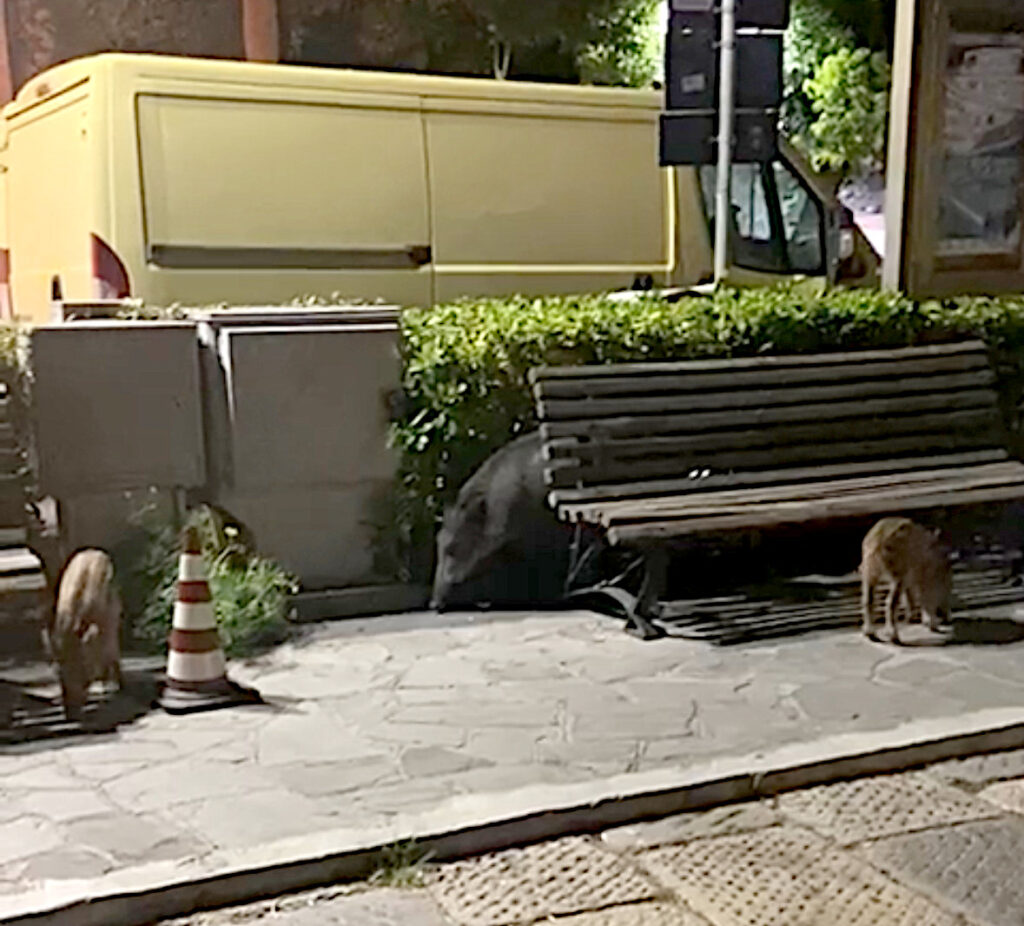
Understanding this mechanism changed the way I move through cities. It opened my eyes to the countless signs of urban evolution that had always been there, hiding in plain sight. In Santa Margherita, along Italy’s Ligurian coast, I’ve seen wild boars rifling through trash bins, foraging boldly alongside humans. Far from skittish, they stroll the streets as if they belong—an interaction unthinkable with wild boars on a remote island. In Abu Dhabi, I grew used to glimpsing gazelles gracefully crossing roads. These animals know their city well, navigating between quiet patches of desert and manicured golf courses with practiced ease.
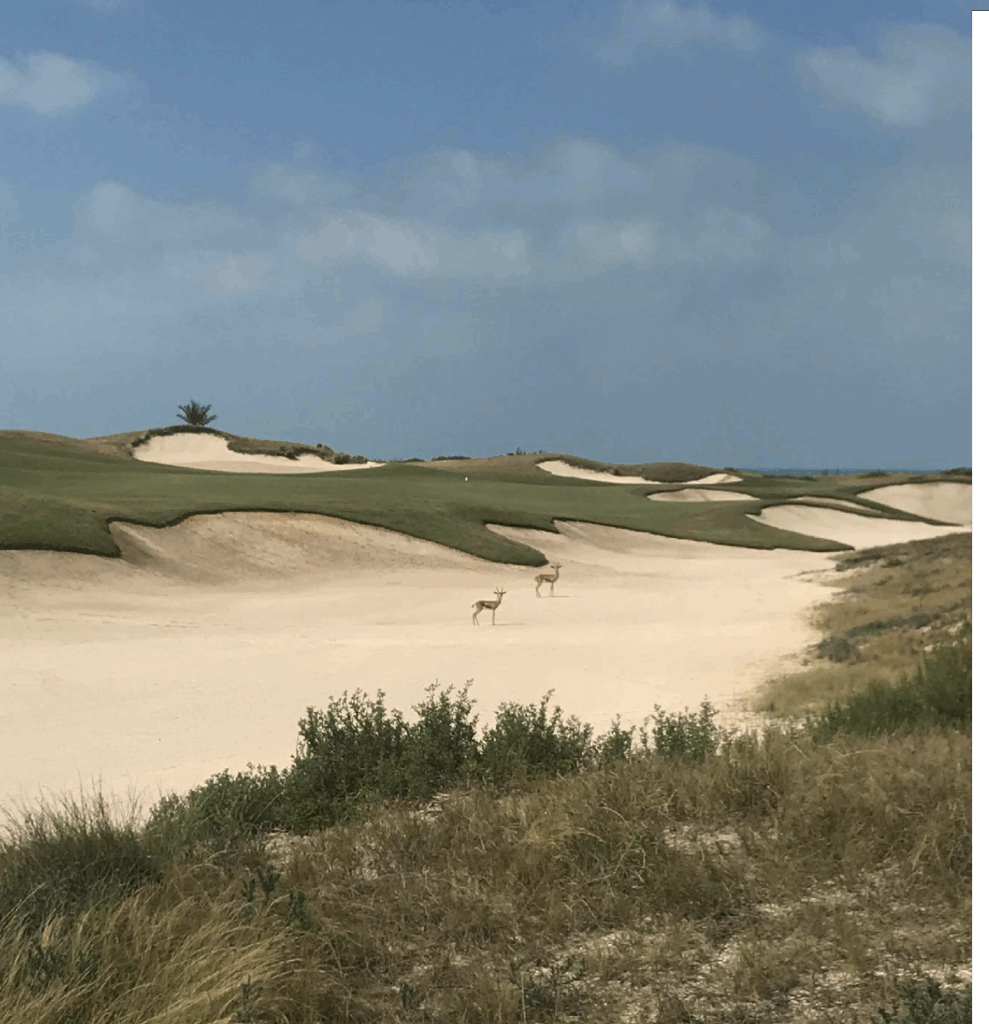
Darwin Comes to Town brought me a kind of unexpected hope. So much of the conversation around nature today is understandably somber—extinction, habitat destruction, climate collapse. These are weighty, often paralyzing issues. But Schilthuizen reminds us that not all of nature is disappearing, as urban life and wildlife are not mutually exclusive. Organisms are not merely surviving the city; they are becoming urban themselves. In a world where the natural and artificial grow ever more entangled, this realization feels both urgent and profound. I hope you read this book, as it will change how you walk through your city. It will teach you to see life in the cracks, intelligence in the overlooked, and evolution in motion.
In the end, Darwin Comes to Town is more than a biology book; it’s an invitation to reimagine our relationship with the urban world. It challenges the assumption that cities and nature are at odds and reveals a quieter, ongoing story of resilience and adaptation unfolding all around us. By paying closer attention, we begin to see that evolution isn’t just happening in remote wilderness or distant past, it’s happening here and now, on our streets, in our parks, and even in the shadows of skyscrapers. This shift in perspective doesn’t diminish the urgency of conservation; it deepens it. Because if life can find a way in even the harshest corners of our built environments, then we owe it the awareness, respect, and space to continue doing so.
Caterina Gandolfi holds a degree in Biology and Environmental Studies. She is passionate about using science communication to make environmental knowledge more accessible and to support meaningful change.
Plantings
Issue 50 – August 2025
Also in this issue:
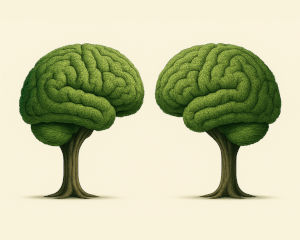
Thinking Fast, Smelling Faster: Olfaction, Plants, and the Two Systems of Thought
By Gayil Nalls
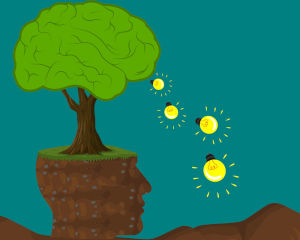
An Existential Reflection on Plant Intelligence
By John Steele
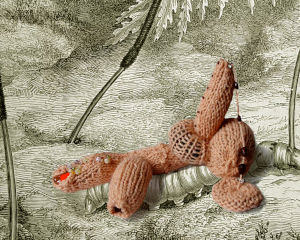
The Art of Sustainability: How to Care for a Tiny Planet in a Big Universe
By Daria Dorosh
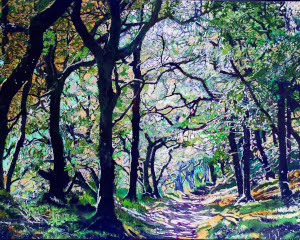
The Arborealists: Tree Painters from the United Kingdom
By Philippa Beale

“Small Is Beautiful”: A Conversation with Renate Christ on Climate, Culture, and What We Stand to Lose
By Gayil Nalls

Eat More Plants Recipes:
Chopped Salad with Lime Dressing
By Gayil Nalls
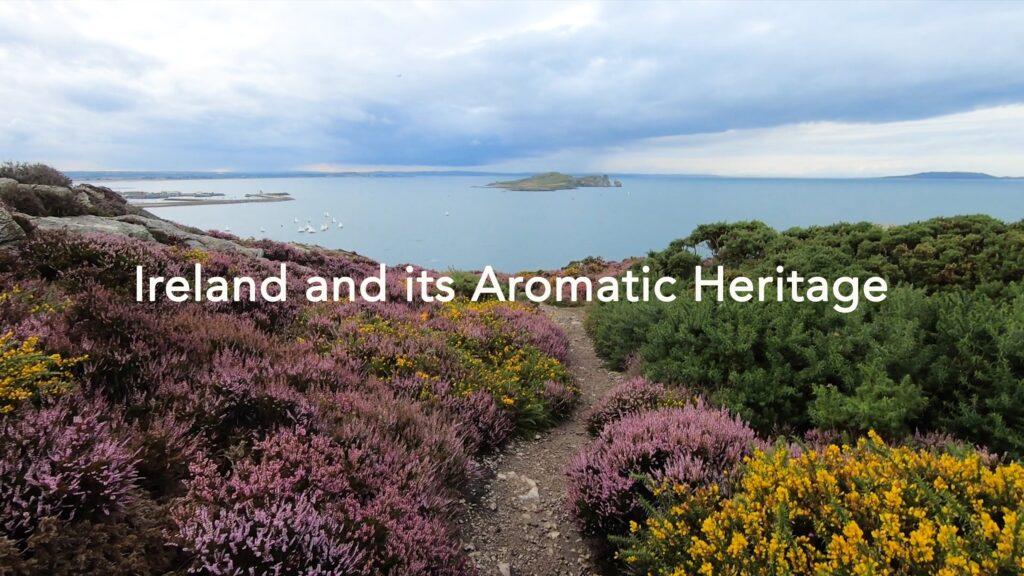
As Ireland transitions from the rich, smoky scent of peat-burning to a more sustainable future, its olfactory heritage is evolving. What will become the next iconic aromatic symbol of Ireland?
Click to watch the documentary trailer.

